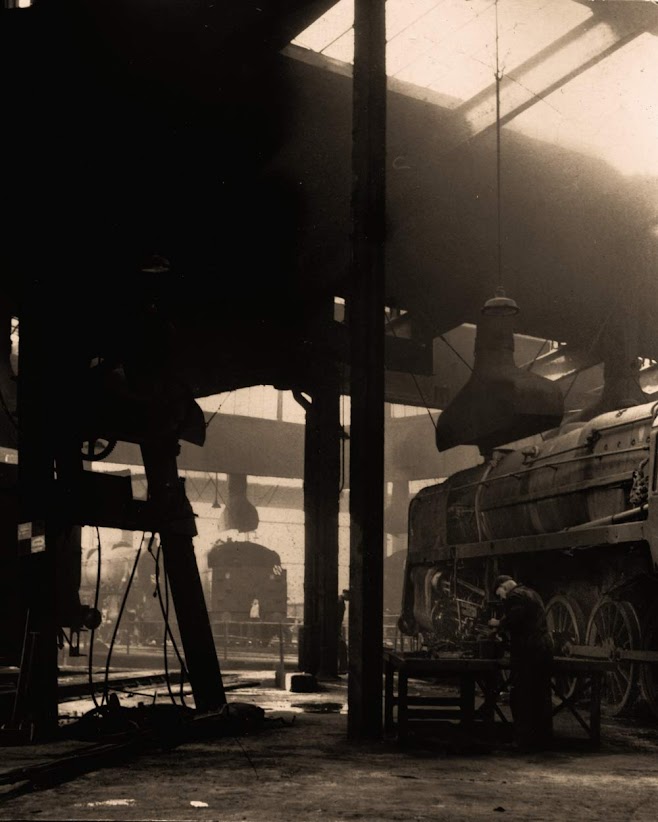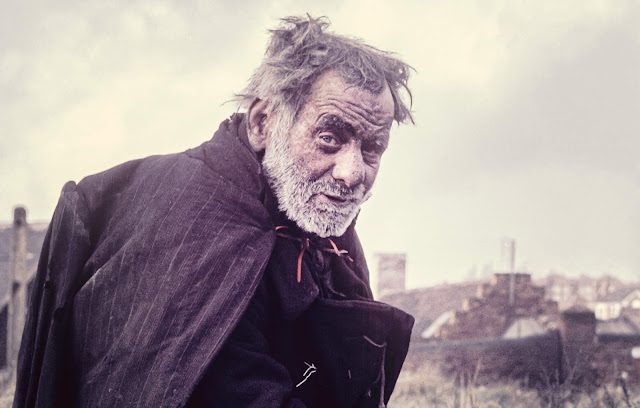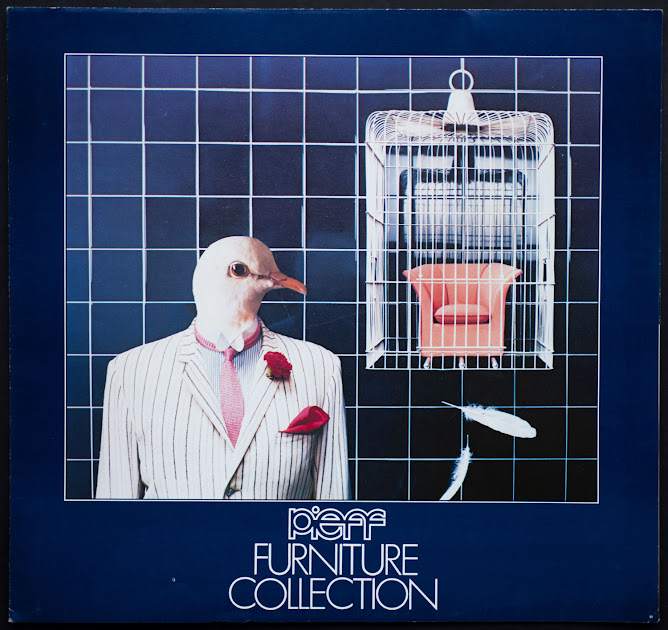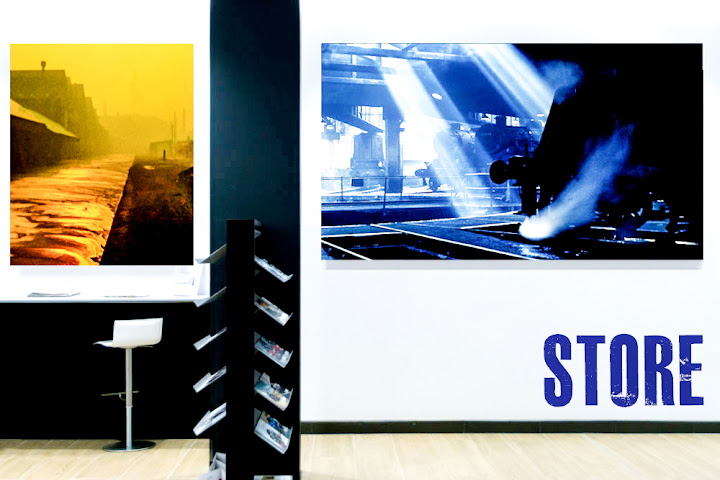Bullring & Grand Central | Black Country Nostalgia | Visit Birmingham
#VISITBIRMINGHAM
Bullring & Grand Central Birmingham
Birmingham B5 4BU, England
There has been a huge amount of modernisation in Birmingham recently and the Bullring & Grand Central Station are no exceptions. The Bullrings history dates way back to 1154 and it's been a centre for shops and stalls ever since. In the 60s the first shopping mall was built known locally as the Bullring. At the turn of millennium the centre was redesigned with shops restaurants and break out areas. The shopping centre itself is built on different levels and self contained. It has a good range of shops but not many you cant find everywhere else.
One of the huge changes to the Bullring was the addition of the Iconic landmark department store Selfridges which can be accessed via the shopping mall. There is also a huge car park underneath so wheel chair access is made easy, its also very close to New Street Railway station. The façade of the Selfridges building is quite unique with hundreds of metal discs lined up across its kidney shaped exterior. It sits next to and in stark contrast to the Victorian church St Martin which in turn backs onto Birmingham's famous rag markets. Here as in many areas of Birmingham the old meets the new. This can clearly be seen if you walk past the main entrance and past the bronze bull through to Special Street where the area turns into a kind of viewing platform looking south of the city. You can catch an awesome sunrise in this area in the early mornings of Autumn watching the market traders preparing for their day ahead as they have done for nine hundred years. Selfridges is an amazing shopping experience in itself with a multi level layout it offers some of the most amazing merchandising displays you are likely to see outside of London. The Christmas promotions here a sight to behold with a 20ft glittery silver stiletto and a Robin Red Breast the size of an air balloon coming to mind.
One of the most significant changes to the Brummies' commuter way of life was the reconstruction of New Street Station and the creation of Grand Central. Anyone who knew it before and knows it now must be somewhat in awe of the positive changes that have been made.
From a dark dingy hole to a beautiful bowl of light this place encompasses the ever changing face of Birmingham. It has a great range of places to eat on the upper level and some interesting and unique shops too. It's bright and airy and pleasant to travel through unlike yesteryear when the diesel fumes stung your eyes.
I like what they did here with the tented ceiling it really gives it an open air feeling. I recently travelled through and watched someone playing the grand piano there, it's a refreshing change from the stresses of travel in London. I'm however not that keen on the shiny exterior, rumour has it that they had to go for a cheaper option than originally specified and it shows. Most of the panels are already dull and stained but fair play for trying.
The eye shaped LED advertising signs are quite interesting too. They are watching us.... watching them.... differentiating between the groups of people walking by then playing the appropriate advertising content. This really is the city of the future!
Next up learn and read more about: The Birmingham Hippodrome
Click here to go back to main photography home page!











Comments
Post a Comment